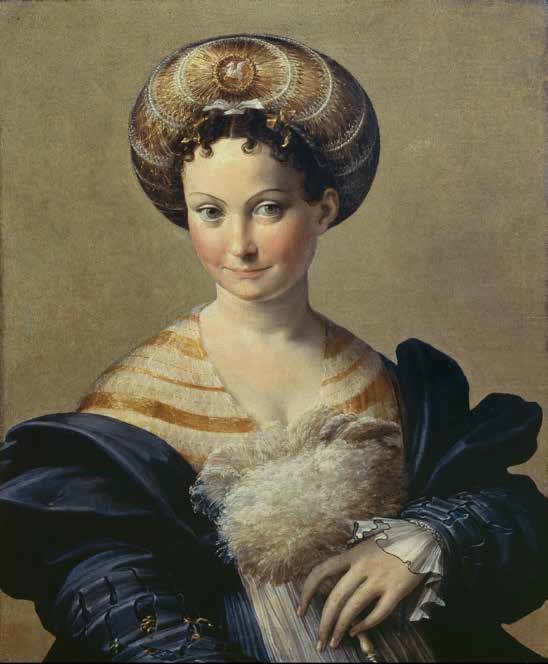Seen – and Understood – at the Frick
Francesco Mazzola (1503–1540), called Parmigianino after his birthplace Parma, was one of the most prolific and celebrated artists of the 16th century. Known as “Raphael reborn,” he was renowned for his portraits. Today his exquisite portrait of an unknown woman called the Schiava Turca (Turkish Slave) is an icon of Parma. The painting has rarely been seen outside its home institution, the Galleria Nazionale di Parma.
Parmigianino painted the Schiava Turca in the early to mid- 1530s. For centuries the Schiava Turca has eluded interpretation and, to date, no proposed identity for Parmigianino’s mysterious woman has been convincing.
However, with this current rare display of the sumptuous painting, a new interpretation of its sitter and the painter’s intentions have also emerged. The show’s title, “The Poetry of Parmigianino’s Schiava Turca,” hints at the novel view of the painting: its link with words, poetry and most likely a very certain female poet of the artist’s time.
